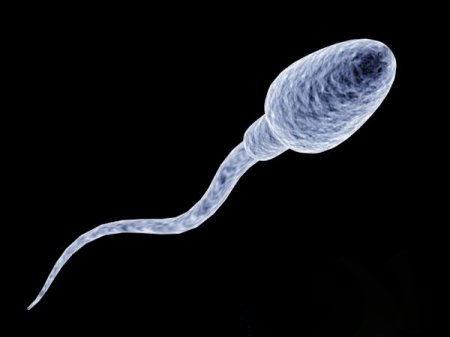The bacterial flagellum is shown opposite (RHS) in a diagrammatic
representation and is effectively a rotary outboard motor that propels
some, but not all bacteria. Most bacteria that possess a flagellum are
rod shaped, and when I asked a microbiology colleague to estimate the
proportion of bacteria with flagella, he thought it would be less than
half (if anyone has surveyed environmental populations, do let me know).
So, this suggests that they are useful, but not essential. In fact in
the case of certain Vibrio strains (see here) and additional set of lateral flagella
can be "induced" under conditions of nutritional limitation, to help
the starving bacteria find food beyond their immediate "neighbourhood".
They have also become the focus of a longstanding
evolutionary-creationist debate. How can such a complex molecular
machine have evolved, if not by the hand of some "divine" creator. Well,
in my view the fact that such complex machines (as complex as they are
beautiful) are usually assembled from other parts of a bacterial cell,
they are a wonder of evolution. It has been demonstrated that flagella possess fewer dedicated component than they do multi-functional proteins, drawn from other segments of the bacterial genome. You can read the background to the controversy here (and I recommend Sandwalk for a lively and up-to-date forum for controversies over matters scientific and creationist). It
seems that flagella have largely evolved from the secretory apparatus,
but I want to return to the structural aspects of these molecules and
related ones.
The recent structural studies address the differences in the "power" of different bacterial flagella, demonstrating that additional protein molecules are recruited in those flagella that "navigate" the bug through murkier waters! I like this section from the abstract of the paper by Beeby et al (2016).
For the first time, to our knowledge, our results unambiguously locate the torque-generating stator complexes and show that diverse high-torque motors use variants of an ancestrally related family of structures to scaffold incorporation of additional stator complexes at wider radii from the axial driveshaft than in the model enteric motor.

In eukaryotes, the class of cells that are truly different from all others, but still well known, are the spermatozoa. I am pretty sure that everyone is familiar withe the ability of the human spermatozoon (LHS) to swim towards the ovum. However, unlike bacteria, the outboard motor of spermatozoa does not rotate. Instead it beats from side to side, propelling the sperm in a less direct manner. The motion and mechanism of sperm flagella is the same as the beating of cilia in a number of eukaryotic specialised epithelia. However, I leave the molecule of this month with these image reconstructions from Beeby et al, which demonstrate the beauty of Nature at the molecular level.
